The word "onyx" comes from the Latin word onyx, meaning "claw" or "fingernail." As the story goes, while Venus (or Aphrodite) slept, a mischievous Cupid (or Eros) cut her fingernails as she slept and scattered them across the earth, where they turned into onyx.
Onyx is another cryptocrystalline (crystals so fine that they are hard to see even under magnification) member of the chalcedony family. Chalcedony, as you may remember from other geo-shopping adventures, is a silicate, meaning its chemical composition is silicon dioxide. It differs from quartz, perhaps the most common form of silicon dioxide, in that it contains both quartz and moganite (itself a silicate, though with a different crystal structure than quartz). You'll also recall that agates are a member of the chalcedony family as well.
Starting to notice a pattern yet?
Before we start to split hairs, let's back up and address a common misconception. People often think of onyx as being uniformly jet black, like so:
When in reality, natural onyx is extremely variegated in color, from milky white to dark gray to tan to olive green, and even red (when it's red, it's called Sardonyx).
A carved onyx dish that may easily be banded calcite, as banded calcite is often used as imitation onyx in carvings.
Even since ancient times, onyx and other stones have been stained to achieve a certain uniformity in, or richness of, color. Sometimes things as simple as leaving a piece out in the sun is enough to alter the shade and richness of the color in the stone. Other ancient techniques included oiling (soaking the rough gem in oil so as to reduce the visibility of fractions) and dyeing; these were all described by Pliny the Elder's Natural History. Even today, we still use heat treatment, oiling, and dyeing to enhance gemstones.
Pure black onyx is, then, rarely occurring in nature. Anything you purchase labeled "black onyx" has been "enhanced" (that is, dyed). It's been that way since Pliny the Elder's time, if not earlier. The same goes for sardonyx. Onyx is porous and takes a dye pretty easily, so sometimes you can see onyx in fantastic neon colors (usually in onyx carvings, not so much in onyx beads).
So how is onyx distinguishable from other members of the chalcedony family? Well, it has a slightly higher specific gravity (this means it's slightly denser). Cosmetically, the bands in onyx are generally more parallel and less chaotic than those in agates and other members of the chalcedony family, but that is often a judgment call. Gemstone names and categories aren't necessarily discreet boxes at all. They're much more akin to a continuum, or a spectrum. As the Earth's crust shifts and heats and applies pressures to stones over millenia, they change from one to another. Sometimes we find them in the middle of that change and pull them out of the process (ie, when we mine them from the crust).
But a rose by any other name would still smell as sweet, and how much does it matter if a stone has been altered? If it's rendered even more beautiful (and more importantly, more useful and more durable, which other enhancements made to gemstones), why not?
'Beautiful Black Onyx!' by Kokoba
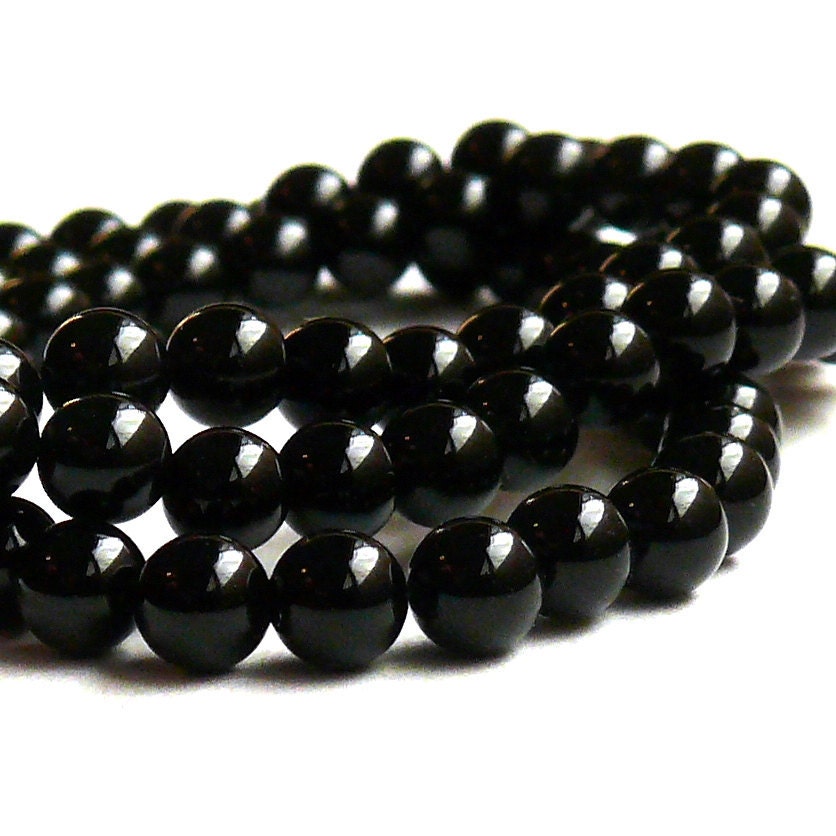 |  |
 |  |
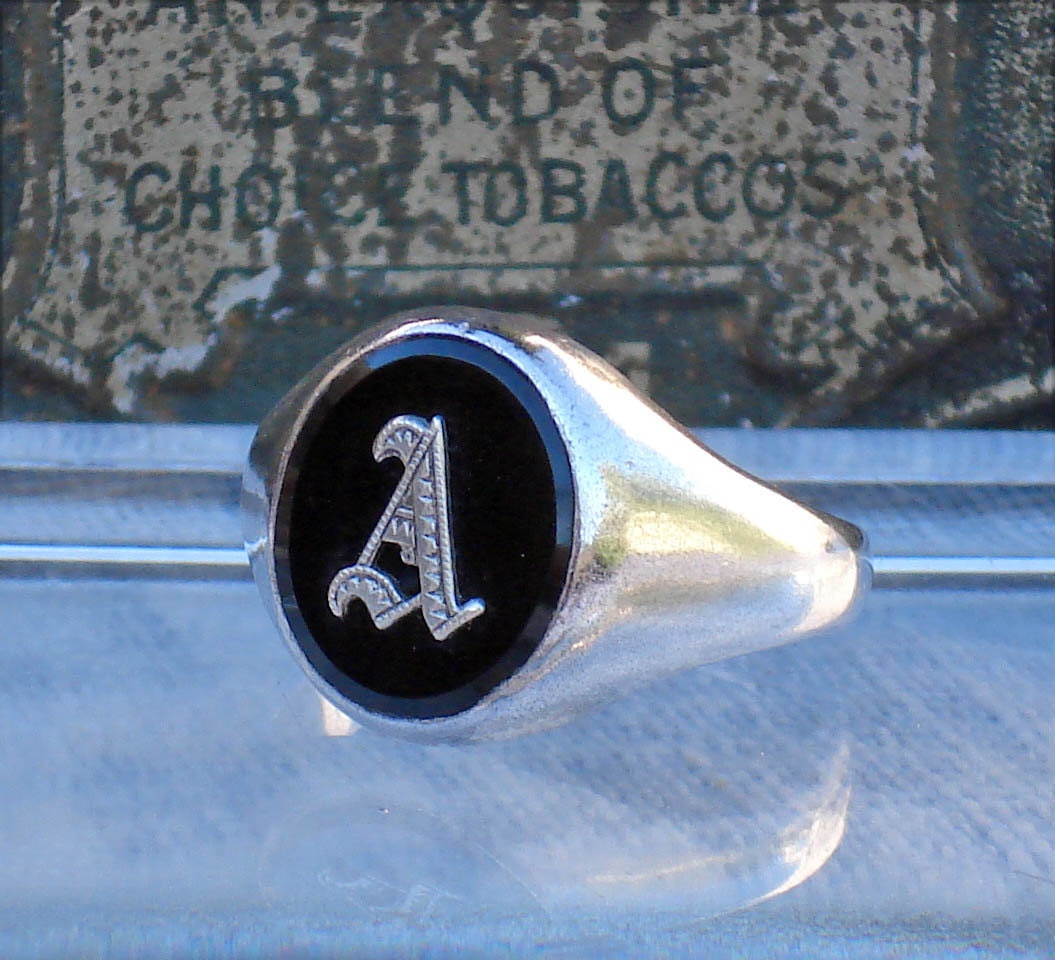 |  |
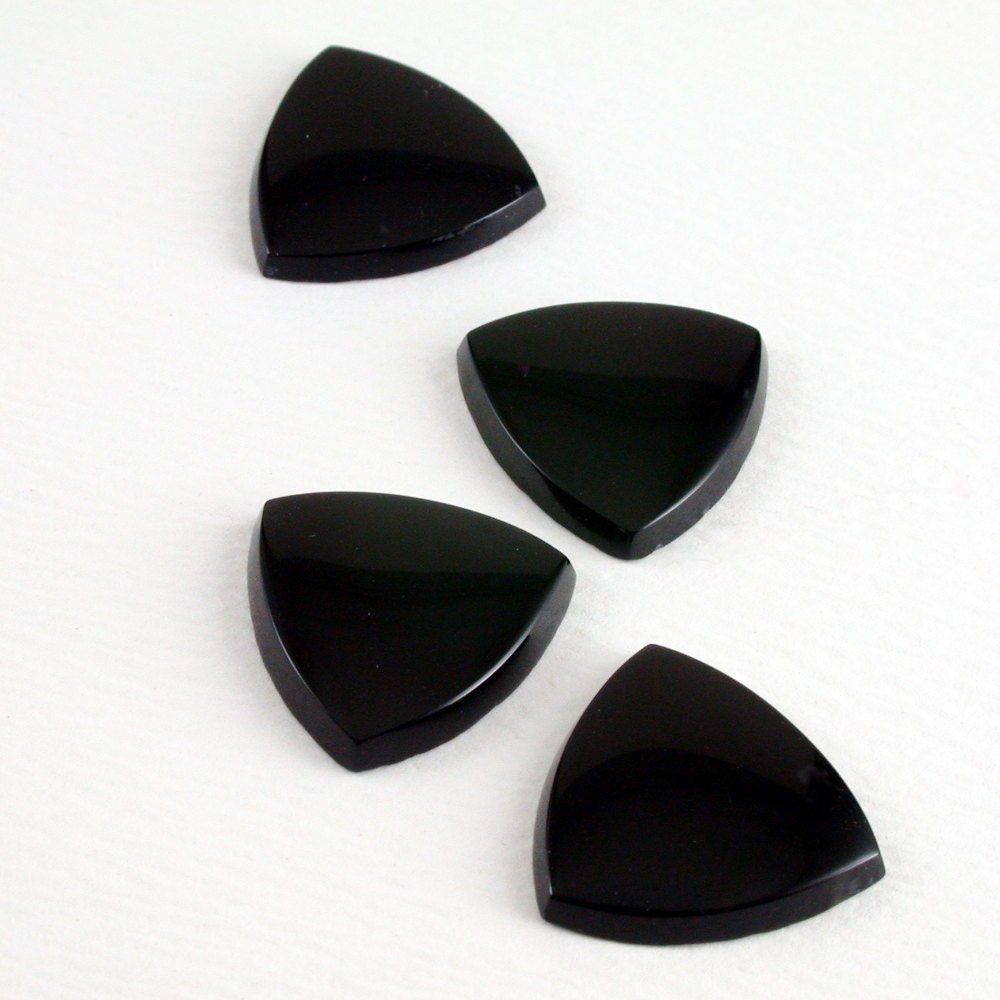 |  |
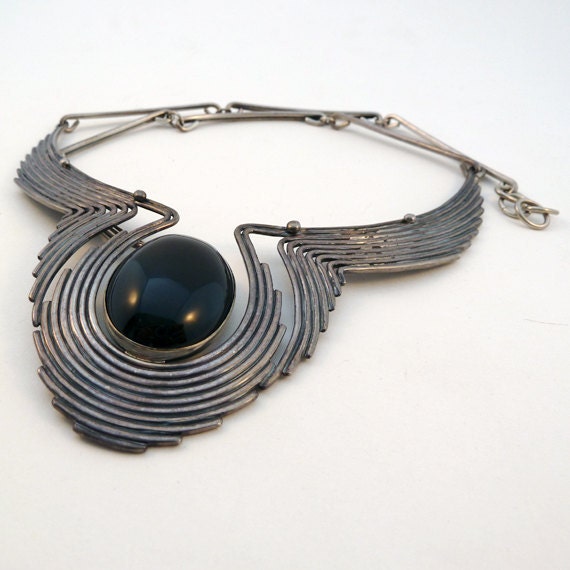 | 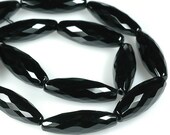 |
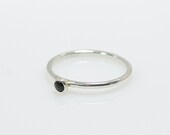 |  |
 | 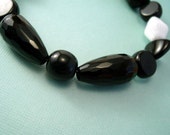 |
 | 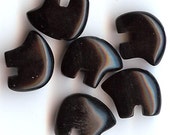 |
You can read more about onyx at these sites:

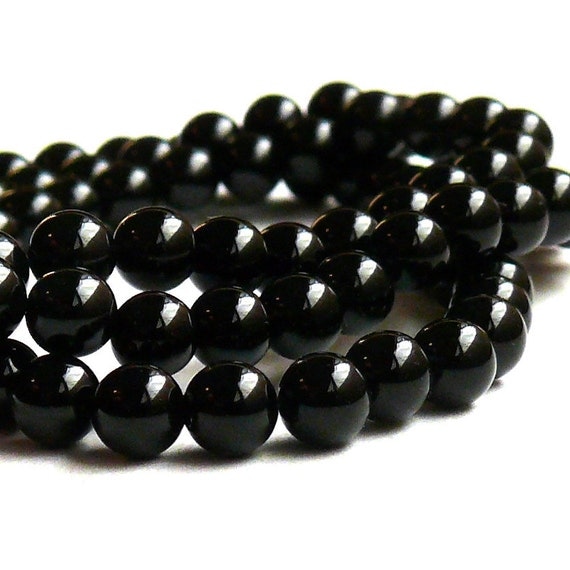
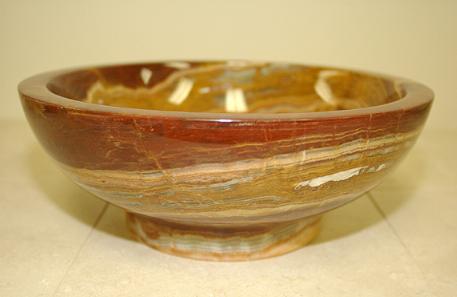
No comments:
Post a Comment